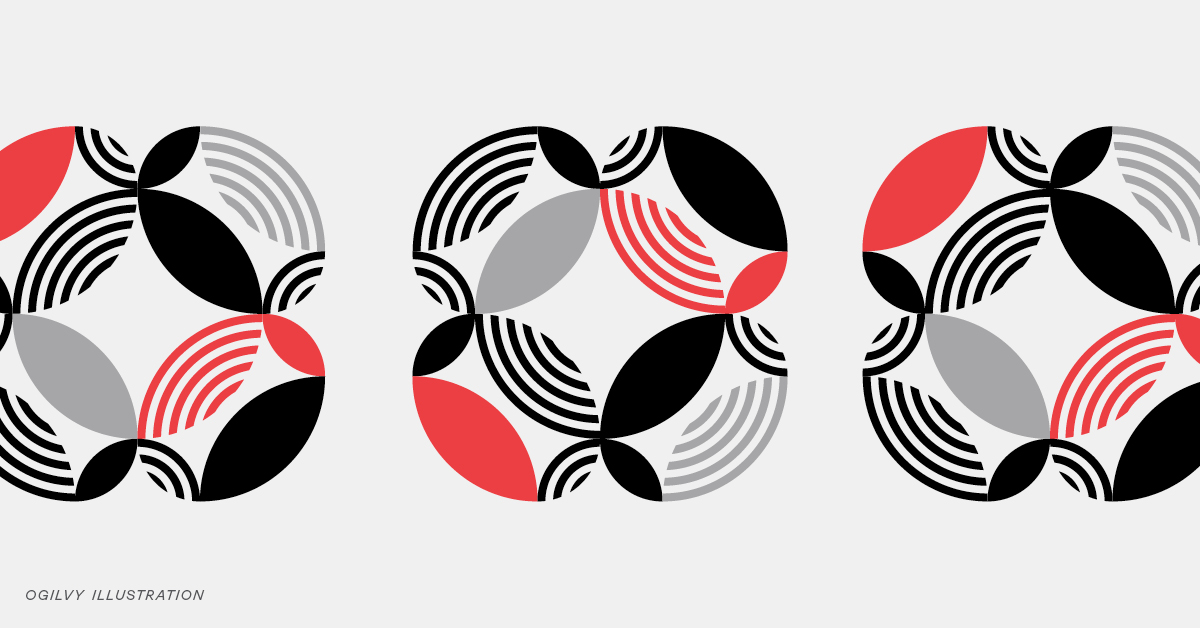Read
← Back to IdeasHug a Client Today

There are two big reasons to hug your clients (metaphorically). First, to build relationships. That was dramatized years ago by a situation where an agency was fired from a major account.
The client said it was not because the advertising is not effective, but "due to an inability to establish a close, continuous working relationship with the agency.”
So went millions in billings. Clients are seldom as candid. It was not because the advertising wasn’t working.
Agencies generally win new business on creative and lose it on relationships. Advertising may be the face-saving excuse that is given when an agency is fired, but the fact is that agencies are rarely fired for bad advertising.
Ogilvy & Mather didn’t lose Block Drug because of the advertising. We had high-scoring advertising and strong market shares on every brand.
We probably should have been fired on Maxwell House Instant Coffee when we failed to come up with an enduring campaign. But the relationship was so strong that we told them we were about to throw in the towel and give up, the marketing manager said, “We can’t walk away from the problem, so you can’t either.” That’s a relationship.
A consulting firm published an analysis about why clients fire agencies. The report showed absolutely no pattern in the performance area. Agencies were fired just as often when sales were going up as when they were going down, just as often when the creative work was good as when it was fair or poor. On occasion, it was even excellent.
Almost invariably the reasons advanced by advertisers for firing the incumbent agency centered around people-related factors. Even when performance was criticized, the origins of the problem were people – “They just don’t seem to understand us.”
The report then goes on to say that most account losses are preventable. “Of 19 agency searches, 75 percent could have been avoided had the incumbent agency acted in time.”
Listen to what people mean, not just to what they say. A management supervisor was fired shortly after he lost a major account. Not because he lost the account, but because he didn’t know he was going to lose it.
The most important consideration in holding a business is to build bridges to clients – multiple bridges. Relationships built on respect and trust.
With packaged goods clients, it’s hard to get fired all at once. You may lose a brand here or there – a good warning to look into what’s going wrong. But you seldom get fired on all your assignments. With other clients, particularly less sophisticated high tech companies, the decision to hire or fire may rest with a single individual. It is crucial in these cases that the relationship be broadened and that several people at the agency have some relationship with several levels at the client. Multiple bridges that can sense problems and fix problems before they get out of hand.
As David Ogilvy reminds us: “It’s hard to fire a friend.”
Professor Ted Levitt wrote a piece in the Harvard Business Review titled “After the Sale is Over,” talking about relationships between buyers and sellers.
“One of the surest signs of a bad or declining relationship is the absence of complaints from the customer. Nobody is ever that satisfied, especially not over an extended period of time. The customer is either not being candid or not being contacted. Probably both.
“The absence of candor reflects the decline or trust and the deterioration of the relationship. Bad things accumulate. Things fester inside. When they finally erupt, it’s usually too late or too costly to correct the situation.”
The first reason to hug clients is to hold them. The other reason is because they are the best source of new business.
Most new business – perhaps 60-70 percent comes from current clients. When O&M started with American Express, the account was so small we almost didn’t take it. The then-president turned it down. Ogilvy waited until he went on holiday and took it. From one assignment and billings of $1.5 million, it grew to become our largest client in the world. American Express grew from a travel company to travel-related services. We grew with Amex by fulfilling the central purpose of an agency: to help clients build businesses.
Another way to grow is the packaged goods model. We started with General Foods with one product (Maxwell House ground coffee) in one country. Our reputation spread to other product groups and then to other countries, and GF be- came our largest client in the world until it was sold to Philip Morris.
Packaged goods skills are very transferable. People who left General Foods appointed O&M on Clairol and Chesebrough-Pond’s, where we met an executive who later appointed us at RJR. At Chesebrough, we also met an executive who became president of Duracell – and appointed us without a presentation. Some of our people left to join clients and appoint us, but my favorite is Dick Rohe, who appointed us at Gillette. I fired Dick when he worked for me.
Be careful how you fire people. They may end up being your clients.
Other examples of new business from current clients are legion. We started with Kimberly- Clark with one product and won three successive new business presentations for other parts of their business. Lever Brothers started with one product; that led to Unilever becoming our largest client in the world for a period. Mattel was a few hundred thousand dollars; Mattel’s Barbie alone became several million dollars. Hershey started as a non-advertising client. We ran the tests that showed advertising worked.
Hugging a client helps win new business and grow. It also means holding the business when things aren’t going well. The first thing about winning is not to lose.